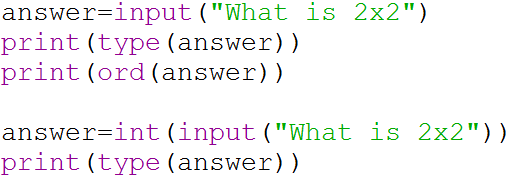 Over the years the BBC website has seen a number of changes. These changes were often driven by the rise of new technology.
Over the years the BBC website has seen a number of changes. These changes were often driven by the rise of new technology.
Take for example the display you are currently viewing this post on. In 1997 the standard PC display was about 1024×768 at best and most people were using SVGA (800×600) as the 14″ CRT screens of the time were a little small. So we moved up to larger CRTs before dropping them and moving to TFTs and introducing widescreen 1920×1080 (1080p). Laptops brought problems of their own with fiddly input devices and small screens that had large pixels counts. Then tablets and smart phones brought in touch screens that didn’t have the pixel perfect aim of a mouse. Faster Internet connections meant that we could start to access and stream audio, then video.
Every time there was an evolution in hardware or software, the site needed to be changed. As well as the hardware changes, society was changing as well. We wanted our information displayed and interacted with in a different way. This means that the BBC’s site today is quite different from the site that started in 1997.
Take a look at the posts below for more information.


 Over the years the BBC website has seen a number of changes. These changes were often driven by the rise of new technology.
Over the years the BBC website has seen a number of changes. These changes were often driven by the rise of new technology.